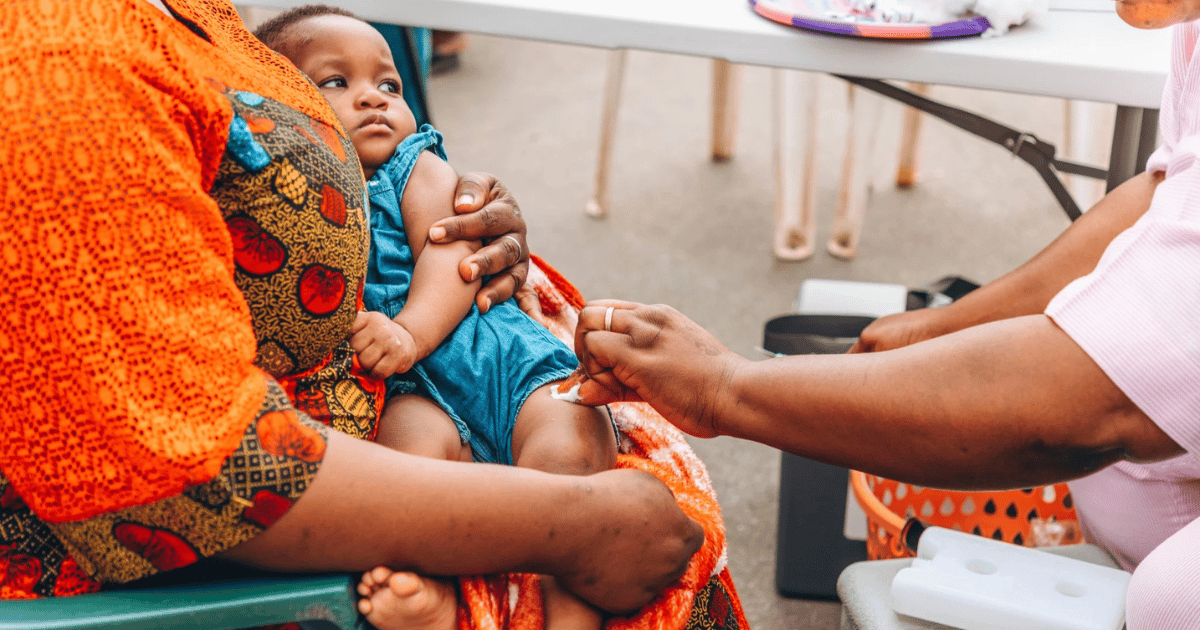
From the newsletter
Bharat Biotech and GSK have announced a phased reduction in the price of the RTS,S malaria vaccine to below $5 by 2028. The drop of more than 50% is driven by improved manufacturing, expanded production and minimal profit margins. The phased price cut starts immediately and will be completed within three years.
With support from Gavi, the vaccine group, the RTS,S vaccine will be rolled out to 12 African countries by the end of 2025. They are Ghana, Kenya, Malawi, Nigeria, Burkina Faso, Uganda, Tanzania, Mozambique, Cameroon, Liberia, Sierra Leone, and the Democratic Republic of Congo.
According to the World Bank, malaria costs Africa $12 billion in lost GDP per year. Lower vaccine prices could alleviate this burden by lowering disease rates.
More details
The price cut, set to be fully implemented by 2028, is part of Gavi’s 2026–2030 replenishment strategy, known as Gavi 6.0. Bharat Biotech, which partnered with GSK in 2021 to manufacture the RTS,S antigen, will progressively reduce the price by more than half. The move is backed by over $200 million invested in manufacturing capacity, technology transfer and efficiency improvements from both companies.
RTS,S, also known as Mosquirix, was first recommended by the World Health Organization (WHO) in 2021. Since then, it has been administered to over two million children in Ghana, Kenya, and Malawi under the Malaria Vaccine Implementation Programme. The WHO reports that the vaccine led to a 13 percent reduction in all-cause child mortality and a 22 percent decrease in severe malaria hospitalisations in these countries.
GSK’s contributions include ongoing technology transfer to Bharat Biotech and efforts to enhance manufacturing efficiency. The two companies have worked together to ensure that cost-effective production methods and minimal profit margins support the new pricing model. This collaboration aims to meet Gavi’s target of vaccinating an additional 50 million children in Africa by 2030.
The economic burden of malaria in Africa is substantial, costing billions of dollars annually in lost GDP, healthcare expenses and productivity losses. In 2022, global expenditure on malaria control was estimated at $4.1 billion, with 80% allocated to Africa. Individual countries like Kenya, Tanzania, and Ghana face annual economic burdens ranging from $80 million to $350 million. Additionally, studies estimate that malaria can reduce GDP per capita growth by at least 0.25 percentage points each year in many sub-Saharan African countries.
WHO's target of reducing malaria by 90% by 2030 could increase Africa’s GDP by $16 billion per year. Malaria causes approximately 600,000 deaths annually, with 95 percent occurring in Africa, primarily among children under five. Working adults experience income loss and higher healthcare costs, contributing to a growing economic burden within affected populations.
Reducing the price of the RTS,S malaria vaccine to below $5 per dose is expected to improve access across Africa. Broader vaccine coverage could lower child mortality rates, reduce hospital admissions and ease pressure on families and healthcare systems. This may help mitigate malaria-related income loss, decrease healthcare spending and address the estimated $12 billion in annual economic losses.
Our take
Apart from the reduction in the RTS,S malaria vaccine price, the recent Global Summit: Health and Prosperity through Immunisation, held in Brussels on 25 June 2025, also saw new malaria-related commitments.
The Serum Institute of India will lower the price of the R21 malaria vaccine, potentially saving Gavi and implementing countries over $100 million. An international charity will contribute $10 million through a Malaria Procurement Grant aimed at reducing child mortality in West Africa.
Simprints, backed by $5.8 million from Arm and the Children’s Investment Fund Foundation, is deploying a biometric ID system to support malaria vaccine delivery in Ghana. Cheaper vaccines, more funding and new tech signal expanded malaria protection for Africa’s children and lower healthcare costs across the continent.